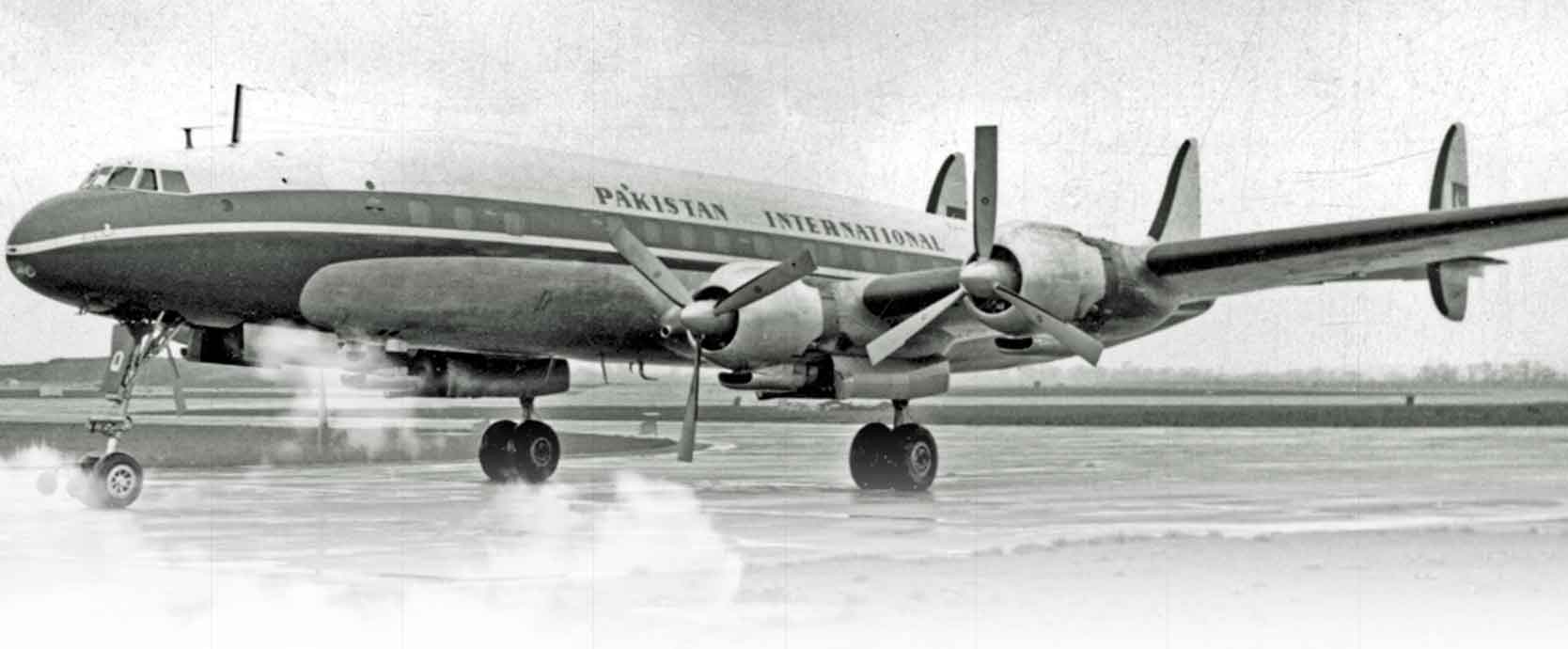There are a few things about PIA that don't make much sense. From 1975 onwards, the airline witnessed a steady growth in profits, so much so that its directors boasted in the 1978 financial statements: "Aggregate of current and last year's profit exceeded the total profit in the airline's history." That was the same year Nur Khan retired.
The very next year it would declare achieving "…the best ever debt-equity ratio".
But within two years, by mid-1981, the government of General Ziaul Haq began a clampdown on unions, saying the airline was on the verge of collapse.
The then PIA chairman, Rahim Khan, told Flight that the government had even considered liquidating PIA, which owed a lot of money to banks in loans and interest charges for purchase of aircraft, computer services and other capital equipment.
The report of a special committee set up to investigate PIA's operations said the airline was losing money because of unions, "…unjustified overtime, excess free travel, wide scale smuggling by crews, and unnecessary jobs created for relatives of existing employees."
The report of a special committee set up to investigate PIA's operations said the airline was losing money because of unions, "…unjustified overtime, excess free travel, wide scale smuggling by crews, and unnecessary jobs created for relatives of existing employees."
PIA was said to be overstaffed: it had only 32 aircraft but 24,000 employees, twice the ratio of comparable international airlines. Subsequently, union activity would be prohibited for nearly 10 years.
And then as quickly as it had gone to the 'verge of collapse', PIA would start posting profits, year after year – so much so that by 1985, the airline said that operating profit for the previous three years (1983-85) exceeded the total of the previous 27 years.
The same pattern will repeat in the run-up to 1997 when PIA posted a loss of Rs4 billion – its biggest ever until then. In the previous few years, the airline had shown no signs of significant financial stress.
The then managing director, Shahid Khaqan Abbasi, attributed the loss to cleaning the books, which included writing off of obsolete spare parts, bad debts, disputed claims and pension liabilities.
But the major chunk of it, nearly Rs3.8 billion, was because of an early retirement scheme, which forced out most of the senior executives. "That was a bad decision … in one go we lost the top brass, and people who filled the posts of directors and general managers came from way down below the line," says a former engineer.
However, that drastic step didn't help stop the financial haemorrhage as PIA plunged deeper into a loss.
From way back in the 1950s, PIA has always followed the practice of releasing audited financial statements months after the due date. According to financial analysts, this is done when a company wants to window-dress the numbers.
Recording ticket bookings for flights which are weeks away as revenue, showing current liability as long-term debt, throwing costs on to the next year, etc. are some of the ways successive managements used to gloss over the financial performance of the airline.
"Unfortunately, many of the financial statements were manipulated with," says Khursheed Anwar, who served in senior positions for three decades. "In the airline business, you move costs by a day or two and it leaves a substantial impact on the bottom line."





 BACK TO MAIN STORY
BACK TO MAIN STORY